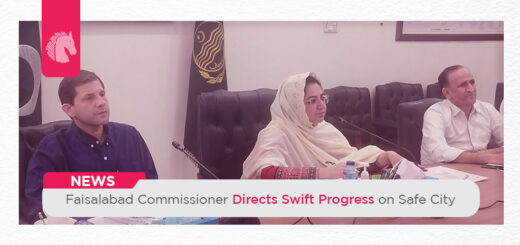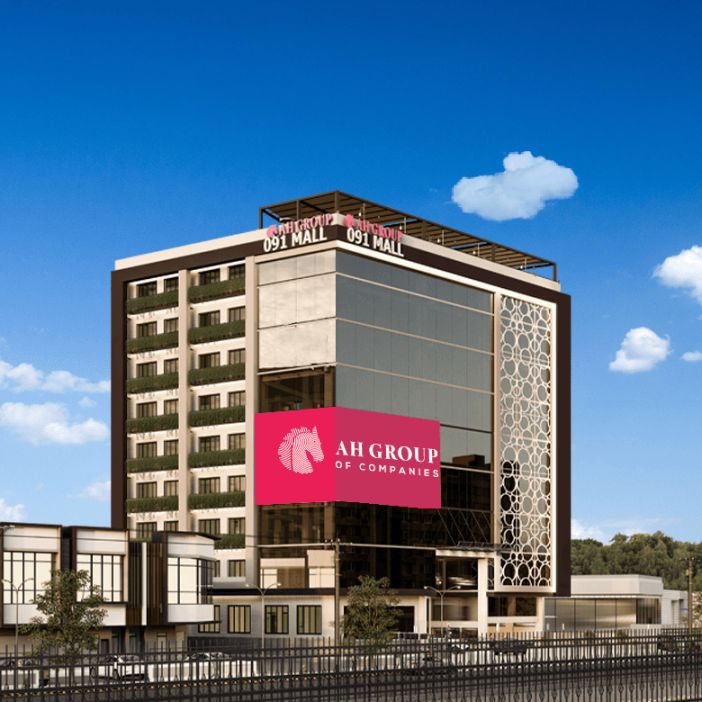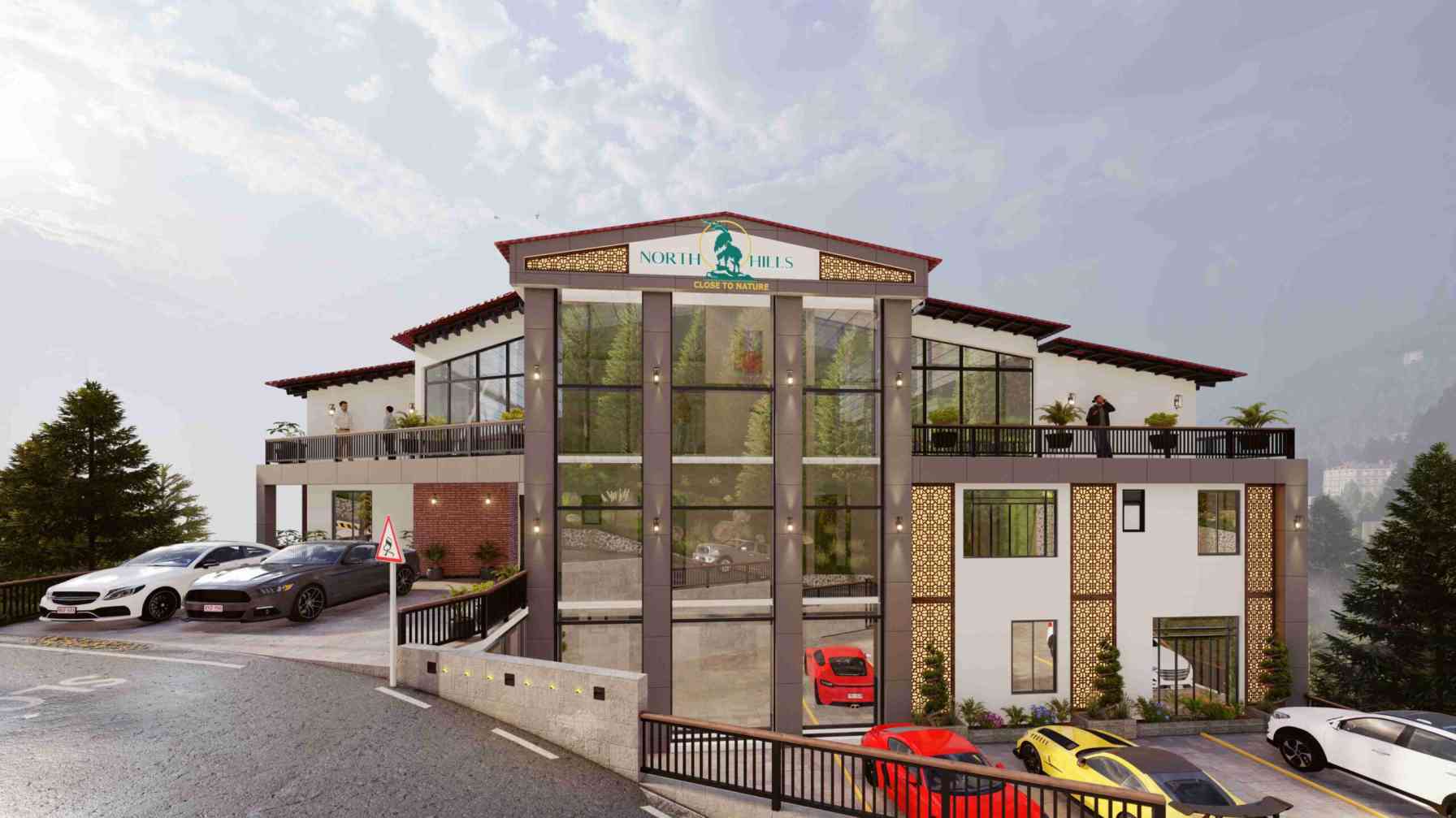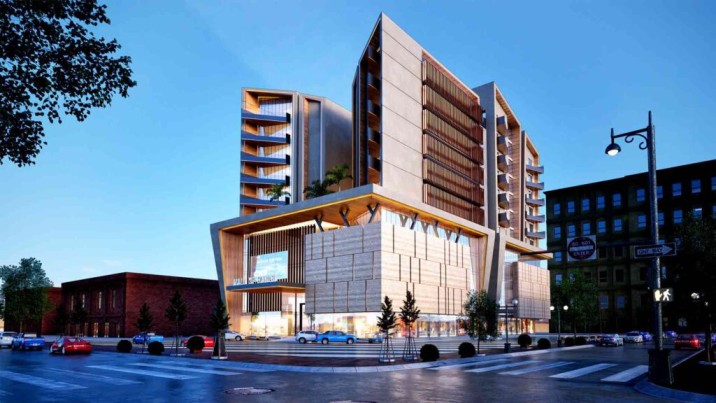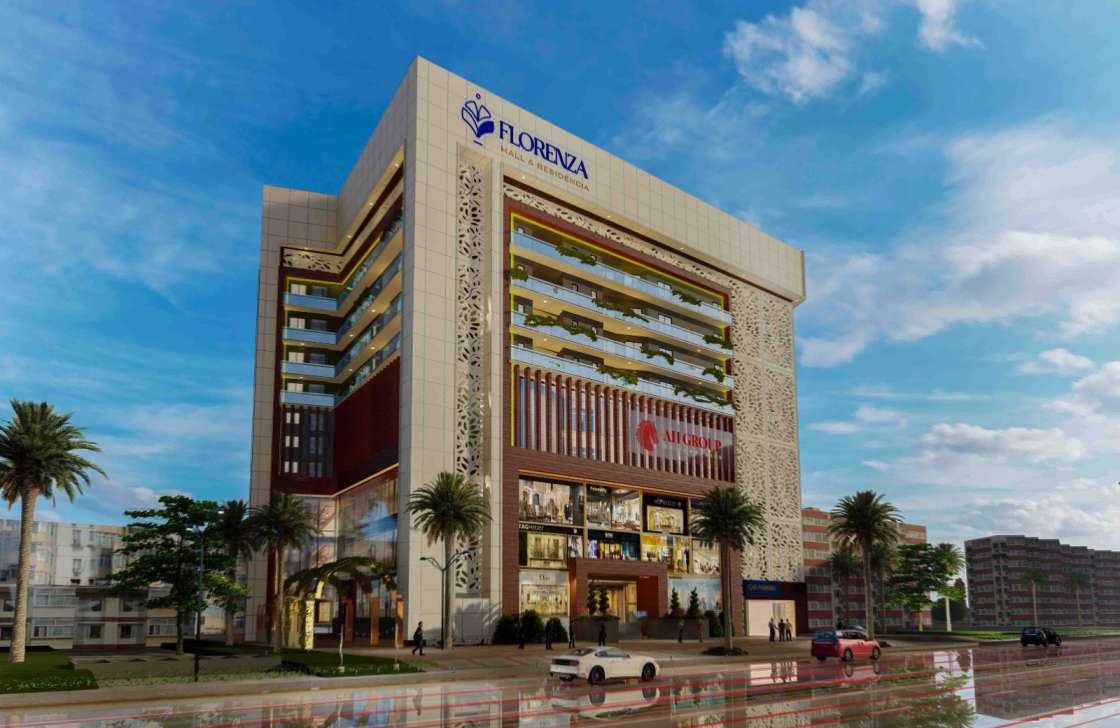Exploring the Historical Enigma of Lahore, Pakistan: A Journey Through Time

Lahore, the heart of Pakistan, is a city that exudes a captivating blend of rich history, vibrant culture, and modern developments. Its historical significance dates back centuries, witnessing the rise and fall of various civilizations. In this blog, we will embark on a fascinating journey through time to explore the intriguing history of Lahore, which has shaped its identity into the bustling metropolis it is today.
Ancient Origins and Early Settlements
The roots of Lahore’s history can be traced back to antiquity, making it one of the oldest cities in the world. Archaeological evidence suggests that the region was inhabited as early as the 2nd millennium BCE. The area has witnessed the presence of various ancient civilizations, including the Indus Valley Civilization, Gandhara, and the Achaemenids.
Gandhara, an ancient Buddhist kingdom, thrived in the region during the 1st millennium BCE. Its cultural and artistic influence can still be seen in the remnants of ancient stupas and monasteries discovered in and around Lahore.
The Rise of the Mughal Empire
One of the most significant chapters in Lahore’s history unfolded during the Mughal period. In the 16th century, the Mughal Emperor Akbar recognized Lahore’s strategic importance and transformed it into a grand imperial city. Akbar’s successors, including Jahangir and Shah Jahan, further embellished Lahore with exquisite Mughal architecture, such as the majestic Lahore Fort and the iconic Badshahi Mosque.
Lahore flourished as the Mughal capital, becoming a center of art, culture, and learning. The city’s gardens, like Shalimar Bagh, were meticulously designed, representing the epitome of Mughal garden architecture.
Sikh Rule and the Era of Maharaja Ranjit Singh
The 18th and early 19th centuries saw Lahore under the rule of the Sikh Empire, led by the formidable Maharaja Ranjit Singh. A prominent military leader and visionary ruler, Maharaja Ranjit Singh made Lahore his capital and initiated significant reforms that contributed to the city’s growth and prosperity.
Under his patronage, Lahore witnessed an architectural renaissance, with the construction of several gurdwaras, havelis, and palaces. One of the most iconic structures from this era is the Gurdwara Dera Sahib, built to honor Guru Arjan Dev, the fifth Sikh Guru.
British Colonial Period
With the decline of the Sikh Empire, Lahore fell under British rule in the mid-19th century. The British significantly transformed the city’s landscape, introducing a modern infrastructure, railway lines, and educational institutions.
Lahore’s famous Anarkali Bazaar, dating back to the Mughal era, flourished during the British period as a bustling commercial hub. Despite British influence, Lahore’s cultural heritage remained intact, with the locals preserving their traditions, language, and festivals.
Independence and Post-Partition Lahore
The Partition of British India in 1947 brought significant changes to Lahore’s demographic and cultural landscape. The city, once a vibrant center of mixed communities, witnessed mass migrations and communal tensions during this turbulent period.
Despite the challenges, Lahore emerged as an essential cultural and economic hub in Pakistan. The city continued to thrive, nurturing its artistic heritage and becoming a melting pot of diverse cultures.
Contemporary Lahore: A Vibrant Metropolis
In the present day, Lahore stands tall as Pakistan’s second-largest city and an economic powerhouse. Its rich history is preserved in various heritage sites, museums, and art galleries that attract tourists and history enthusiasts from around the globe.
The Lahore Fort and Shalimar Gardens have earned UNESCO World Heritage status, reflecting the city’s architectural brilliance and historical significance. The Badshahi Mosque, with its grandeur and intricate detailing, continues to be a symbol of Pakistan’s Islamic heritage.
Modern Lahore is a bustling metropolis with skyscrapers, shopping malls, and a vibrant street life. The city embraces its past while embracing the future, with cultural festivals, educational institutions, and a thriving entrepreneurial spirit.
Lahore’s culinary scene is renowned, with its mouthwatering delicacies, including Lahori Karahi, Seekh Kebabs, and the traditional dessert, Lahori Kulfi. Food streets like Gawalmandi and Anarkali remain popular culinary hubs, offering a sensory delight to both locals and visitors.
Conclusion
Lahore, Pakistan’s historical gem, is a city steeped in a captivating past and blossoming with the promises of a vibrant future. From ancient civilizations to the Mughal splendor, from Sikh rule to British influence, the pages of Lahore’s history unfold like a mesmerizing tale of resilience and evolution.
As we conclude our journey through time, we are reminded that Lahore’s history is a testament to the enduring spirit of its people. The city’s cultural legacy, architectural marvels, and rich heritage make it a treasure trove worth cherishing for generations to come. As Lahore strides forward into the 21st century, it remains firmly rooted in its history, preserving its uniqueness and charm for all who are fortunate enough to experience its magic.

